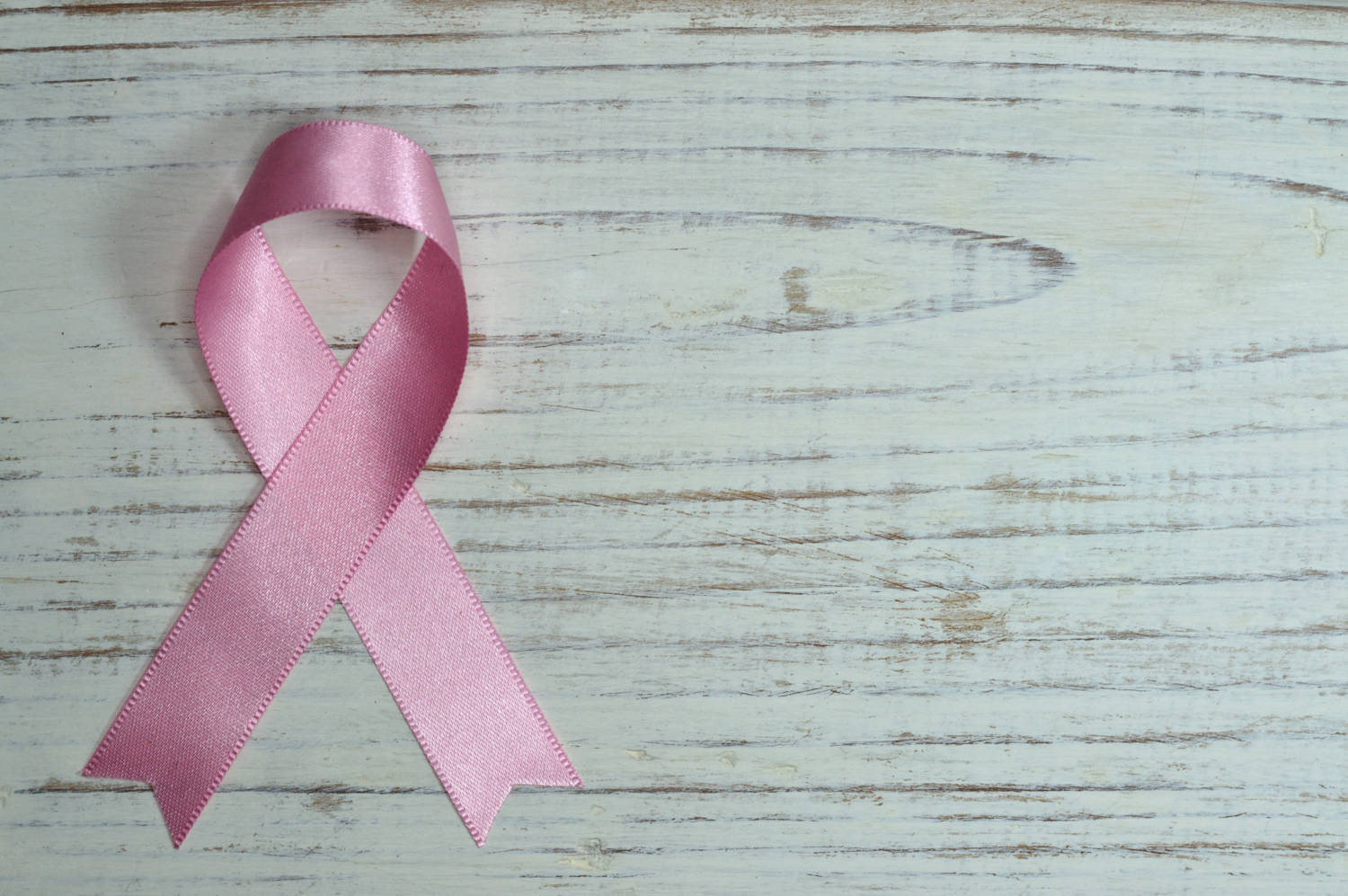Developing heart centers that specialize in women’s cardiology care is of growing importance, not only for women’s health, but for hospitals seeking improved economic returns.
Confusion and uncertainty cloud the issue of women’s heart disease, and perhaps surprisingly that lack of clarity is even evident among physicians—or at least among those who aren’t cardiologists.
Heart disease is the leading cause of death in females, but this fact is not understood universally by the general population. Many people also fail to realize that the symptoms of heart disease in women can be dramatically different than those for the same ailment in men.
Many hospitals are deciding the time is right to focus on women’s cardiac health. While women’s health programs have been part of hospital service lines for years and are showing steady growth, some healthcare providers are creating special centers that address women’s cardiac health specifically. They tailor care for patients to focus on heart disease risk factors, with education a key component in delivering preventive strategies. That education is beginning to pay off.
“We’re seeing an increase in recognition by women that heart disease is something that is much more likely to occur than any other form of disease, such as cancer,” says Gretchen L. Wells, MD, PhD, who is director of the women’s heart center at 885-licensed-bed Wake Forest Baptist Medical Center in Winston-Salem, N.C. “It’s nice to see awareness increasing, but there are definitely gaps in knowledge among age groups and ethnicity of patients.”
The lack of awareness includes patients and physicians, points out Kimberly A. Skelding, MD, director of women’s heart and vascular health for Geisinger Health System in Danville, Pa. “After I spoke to a group of women on the topic, one woman came up to me and said, ‘Oh my goodness, I have these complications you spoke of.’ Light bulbs went off,” recalls Skelding.
The Geisinger system includes the 545-bed Geisinger Medical Center campus in Danville, 547 beds at two other acute hospitals, and a rehab and nursing facility.
“Women’s cardiac problems present differently than [they do in] men, and it’s not even known extensively in the cardiology community,” Skelding says. “I’m only 15 years out of my general cardiology training, and I didn’t have women’s cardiac care as part of my training. This is something everyone needs to know about.”
The most common heart attack symptom in women is chest pain or discomfort similar to what men experience, but women can have other symptoms, such as nausea, shortness of breath, and back or jaw pain, according to the American Heart Association.
The AHA has been pivotal in trying to change the conversation around women’s heart health. Although much progress has been made in the “awareness, treatment, and prevention” of cardiovascular disease in women since the organization published its first clinical guidelines in 1999, the AHA states that “considerable challenges remain.” Heart disease remains a major killer of women and, reversing a trend of the past four decades, death rates of women 35–54 years of age in the United States appear to be increasing, likely because of the impact of the obesity epidemic.
“Among our priorities is to provide comprehensive cardiovascular care and early identification of cardiac disease,” says Indu Poornima, MD, director of the women’s heart center at the 661-licensed-bed Allegheny General Hospital in Pittsburgh, part of the 1,200-bed West Penn Allegheny Health System, which includes five western Pennsylvania–based acute care hospitals. “Comprehensive care for women is offered at the center before an event occurs because the heart conditions of women present differently, and specialty care in cases such as hypertension can manage symptoms.”
Over time, physicians and academics have continually found differences in what men and women need in cardiac care. Some reports are contradictory, puzzling, and still being sorted out. For instance, women’s risk of heart disease appears to increase as their estrogen levels decrease during menopause, but the link is not clear.
In addition, postmenopausal women undergoing hormonal modulation may have greater risks of heart disease, and pregnant women with certain conditions may be susceptible to more cardiology ailments. Most baffling of all, nearly two-thirds of the deaths from heart attacks in women occur among those who have no history of chest pain. Other studies also have raised growing concerns about atrial fibrillation among women.
Developing a heart center that specializes in women’s cardiology care is of growing importance for institutions, not only for improving care for women but also for hospital ROI, says David X. Zhao, MD, FSCAI, FACC, chief of cardiology and director of the heart and vascular center for excellence at Wake Forest Baptist Medical Center.
Within months of his arrival in July, Zhao restructured the hospital’s cardiology team to also ensure a focus on women’s cardiac issues and appointed Wells to head the women’s heart program. Previously, “we didn’t have a lot of interaction” with women cardiac patients, says Zhao. The new program is part of an evolving “cohesive service line,” including a physician champion for women’s health and prevention programs to address patient weight management, risk stratification, and hypertension.
Developing such a women’s heart program was “critical from an institutional standpoint and for patients,” Zhao adds. The program “creates a specific health structure using a platform to educate the public” and a streamlined approach for primary care physicians who refer cardiac patients to the hospital, he says.
Having a specific heart center that focuses on women’s cardiac issues also opens the door for improved economic returns for the hospital, says Zhao.
“You capture those referral volumes from physicians by having a heart center for women,” says Zhao. “From a business standpoint, you are increasing patient visits from women. It’s the woman who makes a lot of the healthcare decisions in a family. If you provide good service, they tell their husband or father, and we triple, quadruple the service from the hospital’s standpoint if the entire family comes in.”
The Center for Women’s Heart Care at the 957-licensed-bed Duke University Medical Center is not located in a separate facility, but within the cardiac division on the main Durham, N.C., campus. It’s what L. Kristin Newby, MD, MHS, a cardiologist at DUMC calls a “virtual” program.
It works this way, she says: “We have our physicians declare their interest or special interest in heart disease in women, and our communications center aligns patients when they call in—asking for specific services—with those physicians.”
That, Newby says, helps patients feel more comfortable: knowing they have a women’s cardiac program to address their needs.




